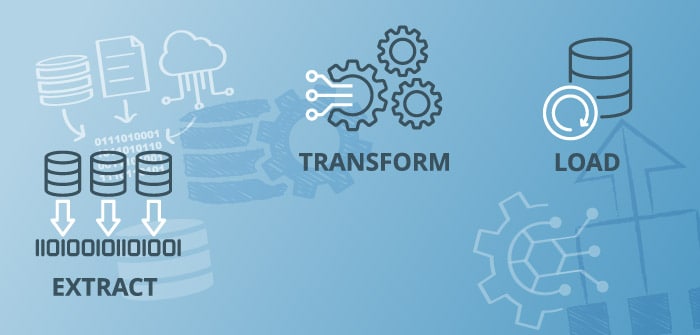ETL Basics: CSV to Database in MapForce
ETL processes are increasingly required in modern enterprises as organizations receive data in diverse formats that must be transformed and loaded into target databases or business systems. ETL projects range from simple to highly complex, depending on the specific requirements.
A common example of a straightforward ETL process involves extracting CSV data from incoming files, mapping the data structure, applying basic transformations to align with the target schema, deduping records, and then finally loading the processed data into a SQL database.
Whether an ETL project is basic with just a one-to-one mapping or more complex with sophisticated data processing requirements, developers need tools that can handle the scope of complexity without a huge learning curve – or price tag. That’s where MapForce comes in.

As part of our series on defining ETL pipelines, this video walks you through this process of extracting data in CSV documents, transforming it using data processing functions, and then configuring how it will be written to the target system.
Though this example focuses on CSV, it’s easy to define data mapping projects in MapForce for any combination of data formats. Benefits of MapForce as an ETL tool include:
- Graphical, drag-and-drop data mapping
- Extensible library of data processing functions
- Support for all major SQL and NoSQL databases
- Support for CSV, XML, JSON, PDF, XBRL, and other data sources
- Instant output with affordable ETL automation
Watch the video now:
To continue learning about defining more complex ETL pipelines, watch the next video in the series.
